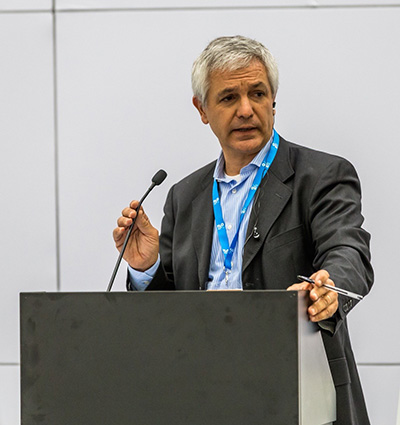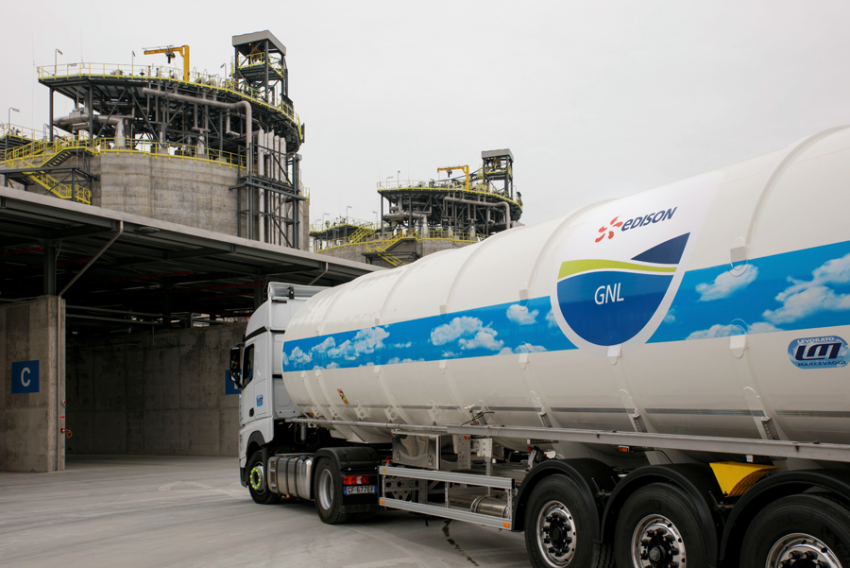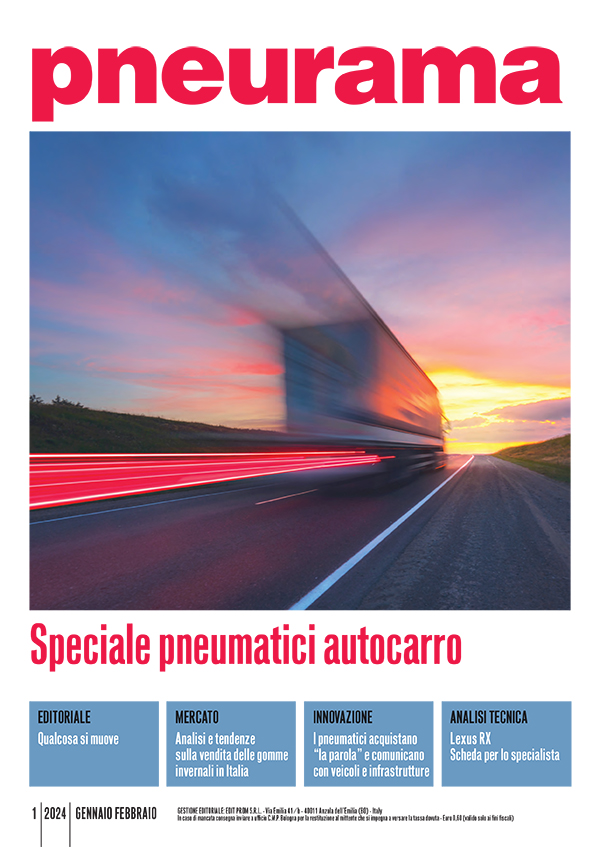Liquefied natural gas (LNG) in our country has revolutionized the transport sector. An evolution that has affected Italy since the early 2010s, a period that saw the opening of the first LNG filling stations. All the while, Federmetano was promoting, at the Ministry of the Interior, the first safety standard for handling liquefied natural gas.
Since then, the growth of the LNG market has been relentless, so much so that from the opening of the first LNG station in 2014 we can count now more than 100 stations operating in the territory, with 29 more in the “pipeline” (www.federmetano.it/distributori-metano/distributori-metano-liquido-lng/).
Furthermore, in the January-October 2021 period, more than 1,200 natural gas-powered trucks were registered, of which as many as 835 are LNG-powered, up 38.9% compared to the same period in 2020 (ANFIA data). More than 3,700 LNG-powered vehicles have been registered in Italy from 2014 to October 2021. Vehicles that play a key role in reducing particulate matter - PM10, PM2.5 -, as well as local pollutants - NOx and SOx - and a 20% reduction in CO2 emissions. Vehicles that could be increasingly powered by bioLNG in the future making a decisive contribution to the pursuit of European decarbonisation objectives, as confirmed by the recent study on bioLNG carried out by the Institute of Atmospheric Pollution of the National Research Council (CNR-IIA) and promoted by the Italian Biogas Consortium (Cib) and Iveco (iia.cnr.it/studio-ecomondo/). From the study, which aims to evaluate the environmental effects of liquefied biomethane compared to other fuels (diesel and methane of fossil origin) used in heavy transport and which has the Italian market as its reference scenario, the following emerges: "in a comparative analysis, through a well-to-wheels approach, we wanted to gain insight into the liquified biomethane production chain by examining different types of anaerobic digesters and the presence or absence of a carbon capture and storage plant.
The results of the study show the leading role of liquefied biomethane in the process of decarbonisation and in the reduction of air pollution, also in the light of the carbon neutrality objectives set at European level for 2050. In the mobility sector, in fact, bio-LNG can lead to a reduction of greenhouse gas emissions up to 121.6% and a decrease of up to 65% of nitrogen dioxide compared to diesel powered vehicles. Of the 11 scenarios analysed, the production of liquefied biomethane was particularly beneficial from an environmental point of view in the case of biogas produced entirely from livestock effluents, as it simultaneously addresses transport emissions and those resulting from the improved management of effluents, achieving a reduction in emissions of -572 gCO2eq per km when compared to those of a diesel-powered heavy vehicle". "The numbers recorded so far, in terms of registered vehicles and filling stations, are surprising and show how the Italian LNG market shows a significant potential for development. A positive response facilitated also by the excellent performance of LNG vehicles, comparable to those offered by diesel engines. The results achieved must, however, be considered as steps towards even more ambitious goals. If our goal is to achieve environmentally sustainable transport in the shortest time, we must accelerate the use of liquefied natural gas.
 It is necessary that this virtuous fuel, especially if of organic origin, becomes increasingly available and usable even in those areas of Italy that have so far experienced difficulties due to the lack of LNG deposits in the area. Certainly, the entry into operation of the Ravenna LNG depot will contribute greatly to the creation of new LNG stations in the south of the country as well", says Dante Natali - president of Federmetano.
It is necessary that this virtuous fuel, especially if of organic origin, becomes increasingly available and usable even in those areas of Italy that have so far experienced difficulties due to the lack of LNG deposits in the area. Certainly, the entry into operation of the Ravenna LNG depot will contribute greatly to the creation of new LNG stations in the south of the country as well", says Dante Natali - president of Federmetano.
"The Ravenna-based LNG depot will facilitate the spread of LNG for heavy transport, with benefits for refuelling stations in the Northeast, Central and Southern part of Italy. The depot is an essential component of the LNG supply chain, managed by Edison from imports to logistics by sea, distribution and marketing. LNG is currently the only alternative fuel to diesel for heavy vehicles used to cover long distances: this aspect justifies investments not only in LNG storage and supply, but also in the refuelling stations that are being built throughout Italy. These infrastructures will then be available to ensure an adequate distribution of BioGNL, obtained from livestock or agricultural waste, which guarantees almost zero CO2 emissions for the same use and represents a valid tool to strengthen the spread of circular economy projects. Furthermore, Edison is developing its activities also through collection and distribution of BioLNG, as a complement to the Biomethane now delivered to about 250 stations nationwide", says Davide Macor, Business Market Director of Edison Energia.


